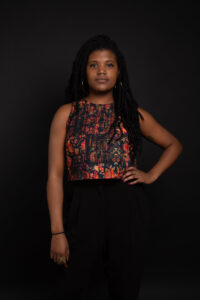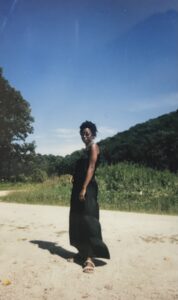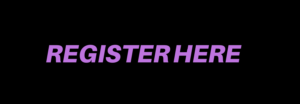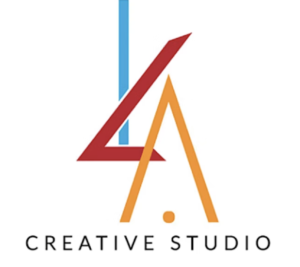The second development resource workshop in our series artist development partnership with ILA Creative Studio!
SSCAC is thrilled to partner with ILA Creative Studio for their G-to-G Coaching Sessions in a 3-part series of artist development resource workshops that intend to help close the gap of limited, sustainable business resources, specific to the needs of Black artists.
ILA Creative Studio’s G-to-G Coaching Sessions are an opportunity for professional practicing artists (18+) to have space to learn and grow in their respective fields – led by a mentor or coach that provides specific insights on a specific topic. These sessions help to translate effective ways for Black artists to achieve sustainability in their fields.
So much of our time as practicing artists goes into actually creating our wonderful art, but we MUST create time where we learn about the necessary business etiquette. Each session will be led by coaches and teaching artists who will provide insight on a specific topic, with the intention of assisting Black artists to work toward achieving sustainability in their field.
Second up, “How To Balance Creative Work & Multiple Projects”, led by Adia Sykes and Tiffany Johnson! Where they’ll cover all things project management, artist development strategies, and self-care advocacy within the arts.

Adia Sykes is an arts organizer and curator based in Chicago. Her practice seeks to center philosophies of improvisation, intuition, and care, engaging them as tools through which meaningful relationships between artists and viewers can be cultivated, while leaving space for the vernacular to mingle with constructs of history and theory.
As an administrator advocating for racial equity and sustainable ecosystems for creative practitioners, she has held roles with organizations like the Chicago Artists Coalition, where she started their SPARK Grant— a joint effort with the Joyce Foundation providing unrestricted grants to artists of color, not formally trained artists, and artists with disabilities. At present, Adia is Co-Director of Programs at Threewalls which is an arts organization that fosters contemporary art practices that respond to lived experiences, encouraging connections beyond art. She is also a Lead Organizer of the Chicago Art Census, a city-wide research project that collects, maps, and visualizes data that illuminates the lived experiences and working conditions of art workers in Chicago.
Her curatorial projects include Locating Memory (Chicago Mayor’s Office, 2018), Project Radio London (Centro Arte Opificio Siri in Terni, Italy, 2018), and The Petty Biennial.2 (Chicago, 2019-2020). She has also realized projects with the Art Institute of Chicago, Sullivan Galleries, Woman Made Gallery, ACRE, Material Exhibitions, Roman Susan Gallery, and Comfort Station. She also currently serves as Board Chair for Chicago Dancemakers Forum.
Adia earned a Masters in Arts Administration and Policy from the School of the Art Institute of Chicago and a BA in Anthropology from the University of Chicago.

A Southsider, born and bred, Tiffany M Johnson is interested in spaces (and a world) where Black people can exhale. A queer Black woman, she is a researcher, survivor advocate, and cultural worker passionate about community building through imaginative, underground, and cooperative practices.
Tiffany attended SOAS, University of London, for her Master’s in Migration and Diasporas Studies. Currently pursuing a DIY Ph.D., her research focuses on otherworld-making community practices through ancestral technologies, creative expressions, and ecological relations.
She is ACRE Residency’s Programs Director, which supports emerging artists develop, discuss and present their artistic practices. Under this role, she also manages the Chicago Art Census – a comprehensive, cross-discipline data collection effort created by and with the art workers of Chicago. In addition, as the Consultant Curator with the Chicago Park District, Arts & Culture Unit (ACU), she co-designed and led the development of the public curatorial residency program, Anchor Residency.
She is a member of the Cooperation for Liberation, an open study and working group focused on cooperative histories in Black communities and is co-stewarding the development of the survivor support mutual aid group, Project Nebula.





